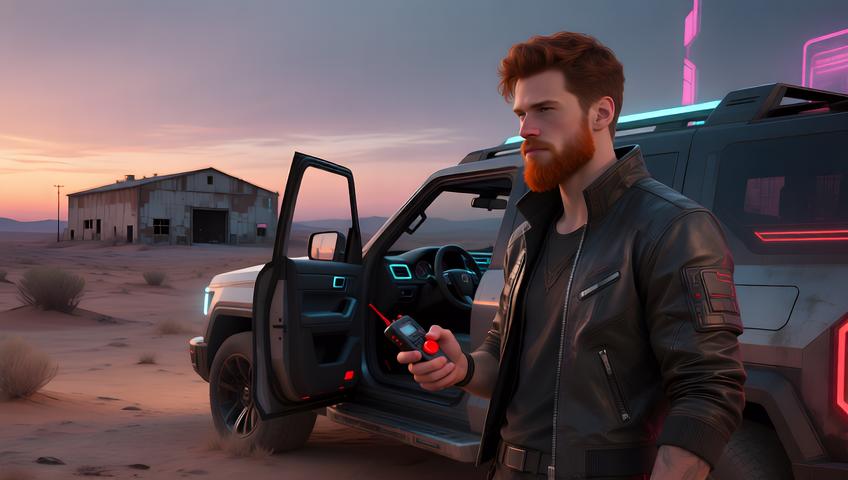"New version! Who dis?!"
Welcome to Version 2.0 of my simplified Wan workflow.
Please read the NOTES boxes in the workflow itself for tips on how to use and troubleshoot the features.
Compared to the previous version, this is just as easy to use. There are more optional features that add to the quality of rendered videos with no impact on the generation speed. I have done many hours of testing and several dozens of renders to provide the best possible Wan2.2 experience for users with 8GB-24GB of VRAM. You can download the quantized models here. These are my recommendations for determining what Q model may be best for your GPU:
K_S = Small | K_M = Medium | K_L = Large | Less VRAM = Smaller Quant Number & Size
8-10GB VRAM - Q2_K up to Q4_K_S models (Q2 only for those with Low VRAM and Low RAM)
12-16GB VRAM - Q4_K_M up to Q6_K models
18-24GB VRAM - Q6_K up to Q8_K_0 models
(each GPU is slightly different, even when comparing "identical" GPUs. This can cause varied results in creators' abilities to render videos using the same Quantized model on two separate 16GB RTX4080 GPUs. You may want to test different quants based on the recommendations and find which is best suited for your GPU)
Here is a video I rendered with the V2.0 workflow using my 16GB RTX 5060-Ti and Q6_K Model:
Lightning (LightX2V) LoRA Update!
Make sure you download the latest WAN-2.2 SUPPORTED Lightning LoRA (LightX2V) from this link! You need to download the High-Noise and Low-Noise versions to use on each respective part of the workflow.
Color Match Node
I've added a function for color-matching the reference image. This feature can help mitigate a known flaw in Wan models, which sometimes causes characters' skin to turn yellow/orange. It's also very handy for maintaining specific color tones in your rendered videos.
RifleXRoPE Nodes
For each pass of the work flow (High Noise and Low Noise) there is a RifleXRoPE optional node. These are used to limit Wan Model tendencies for the video to loop-back toward the starting frame/camera location. Testing this has resulted in some overall improvement, but still does not entirely eliminate the issue with looping on longer videos. You can increase/decrease "K values" on these nodes by increments of 2 and see if that gives better results.
Clean VRAM Cache Node
This does exactly what it says. It cleans your VRAM Cache to prevent redundancies. This is important to enable, but you don't need it enabled for every render. If you're testing for specific variables like I do, sometimes you need a fixed Noise Seed to find out if certain pieces of the workflow are affecting the render. It can sometimes be difficult to determine which variables are being affected when your VRAM is using previously cached data in your new renders. With this enabled, it can prevent those redundancies, allowing you to generate unique content every with every run.
TL;DR - he did it again! Another amazing workflow. It took a lot of work - so much work, and so much testing, but we're finally here. Some would say Torsten makes the best workflows. I would have to agree. I think we're finally Making Workflows Great Again.
Let me know what you think; leave a comment, a rating, or some Buzz if you want to!





